Humidification to combat static in electronics manufacturing
Eliminate harmful electrostatic discharge with proper humidification
Electronic devices, printed circuit boards, components and data are highly sensitive
to electrostatic discharge. Correct humidity levels are essential to minimizing the
damage caused by ESD.
What is ESD?
Electrostatic discharge (ESD) is the sudden flow of electricity between two electrically charged objects caused by contact. The ESD occurs when differently-charged objects are brought close together or when the dielectric between them breaks down, sometimes creating a visible spark.
However, many ESD events occur without a visible or audible spark. A person carrying a relatively small electric charge may not feel a discharge that is sufficient to damage sensitive electronic components.
These invisible forms of ESD can cause outright device failures, or may affect the long term reliability and performance of electronic devices. The effects of ESD on some electronics may not become evident until well into their product life.
Static Electricity
One of the causes of ESD events is static electricity. Static electricity is often generated through tribocharging – the separation of electric charges that occurs when two materials are brought into contact and then separated.
Examples of tribocharging include walking on a rug, rubbing a plastic comb against dry hair or rubbing a balloon against a sweater. The friction between two materials results in tribocharging, thus creating a difference of electrical potential that can lead to ESD.
Another cause of ESD damage is through electrostatic induction. This occurs when an electrically charged object is placed near a conductive object isolated from ground.
The presence of the charged object creates an electrostatic field that causes electrical charges on the surface of the other object to redistribute.
How Do You Minimize ESD?
Most electronics manufacturers establish electrostatic protective areas free of static, using measures to:
■ Prevent charging – by avoiding highly charging materials
■ Remove static – by grounding human workers or providing antistatic devices
■ Control humidity
Humidity Control – The Ideal Solution to Eliminate ESD.
With a humidity level of 40% RH, surface resistance is lowered on floors, carpets, table mats and other areas.
Humidifiers add moisture to the air, and the moisture in the air forms a thin protective “film” on surfaces that serves as a natural conductor to dissipate electric charges. When humidity drops below 40% RH, this protection disappears and normal employee activities lead to objects being charged with static electricity.
Having an overall program of static electricity reduction, helps to:
■ Increase productivity
■ Decrease waste from damaged components
■ Improves indoor air quality for both manufacturing and employee heath
Benefits of Condair humidification for electronics include:
- Minimizing damages to manufacturing equipment and product caused
by ESD (Electrostatic discharge) - Increased product quality which will lead to an increase in revenues
- Increased productivity due to reduced employee absenteeism
- Employee health and comfort in the workplace
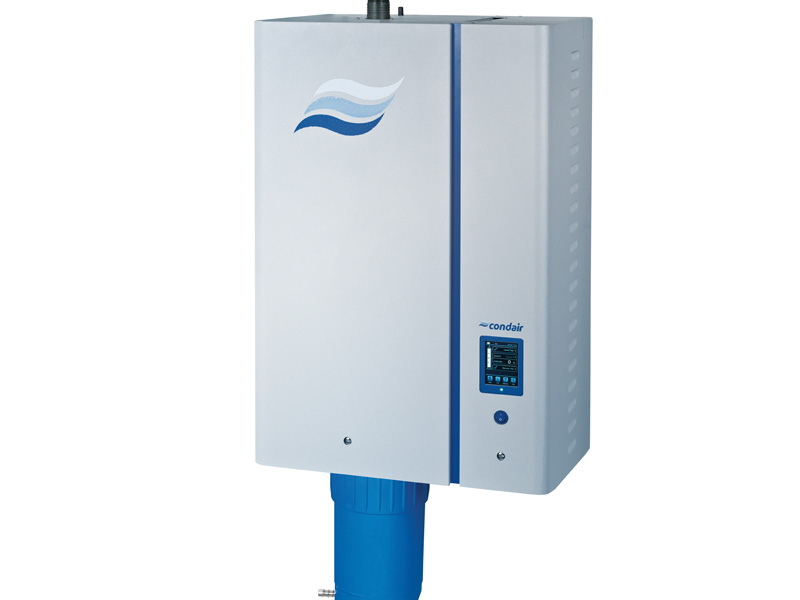
Close humidity control
Get free expert advice on humidity control in electronics manufacturing

Free 10-point guide to cleanroom humidity control
This guide has been compiled from Condair's extensive experience across thousands of cleanroom humidity control projects.
It gives an overview of the 10 most important topics to consider when setting out on a cleanroom humidification or dehumidification project.
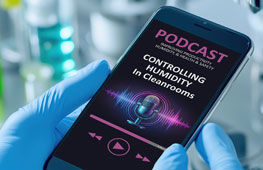
PODCAST: CLEANROOM HUMIDITY CONTROLLearn how to manage humidity in tightly controlled areas.
You may also be interested in...

Dehumidifiers for military storage
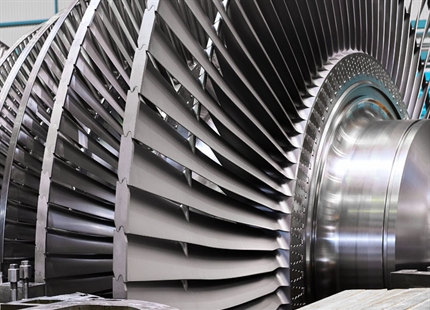
Dehumidifiers for power plants & steam turbines

Vertical farms humidity control

Wind turbine dehumidification

Archives & storage

Hammam, Caldarium and Rhassoul
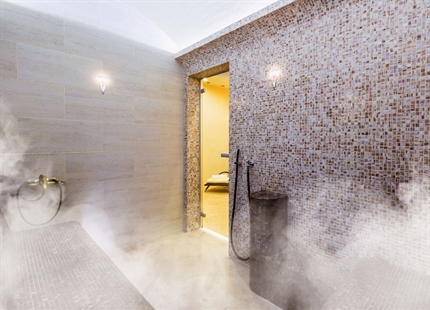
Steam baths
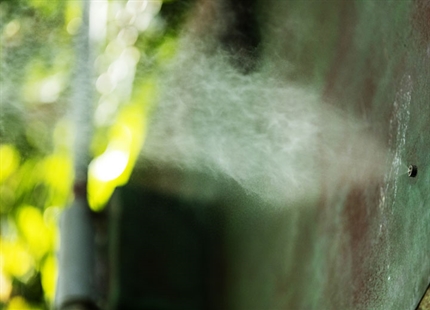
Outdoor mist cooling systems

Dehumidifiers for ice prevention in cold store and freezers
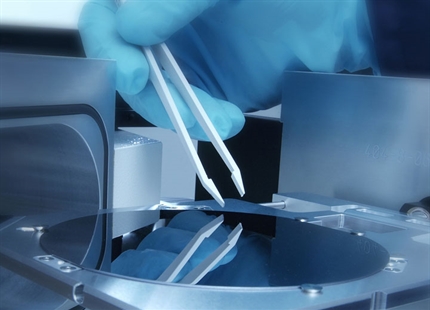
Humidification & humidity control in semiconductor & PCB manufacturing